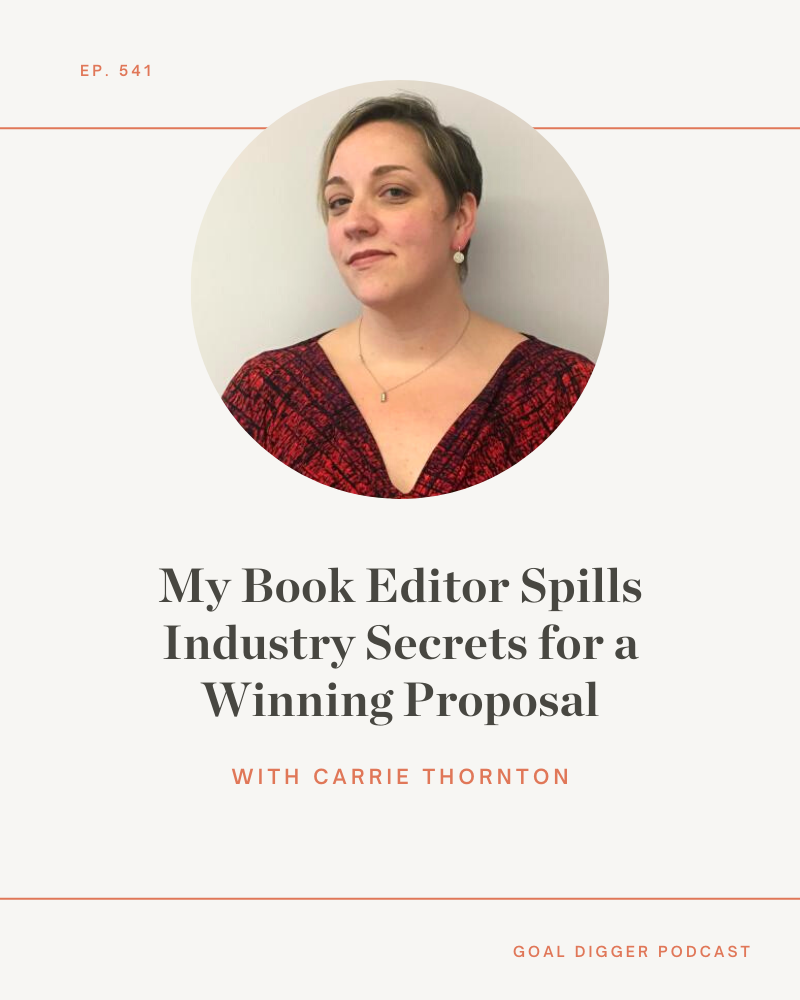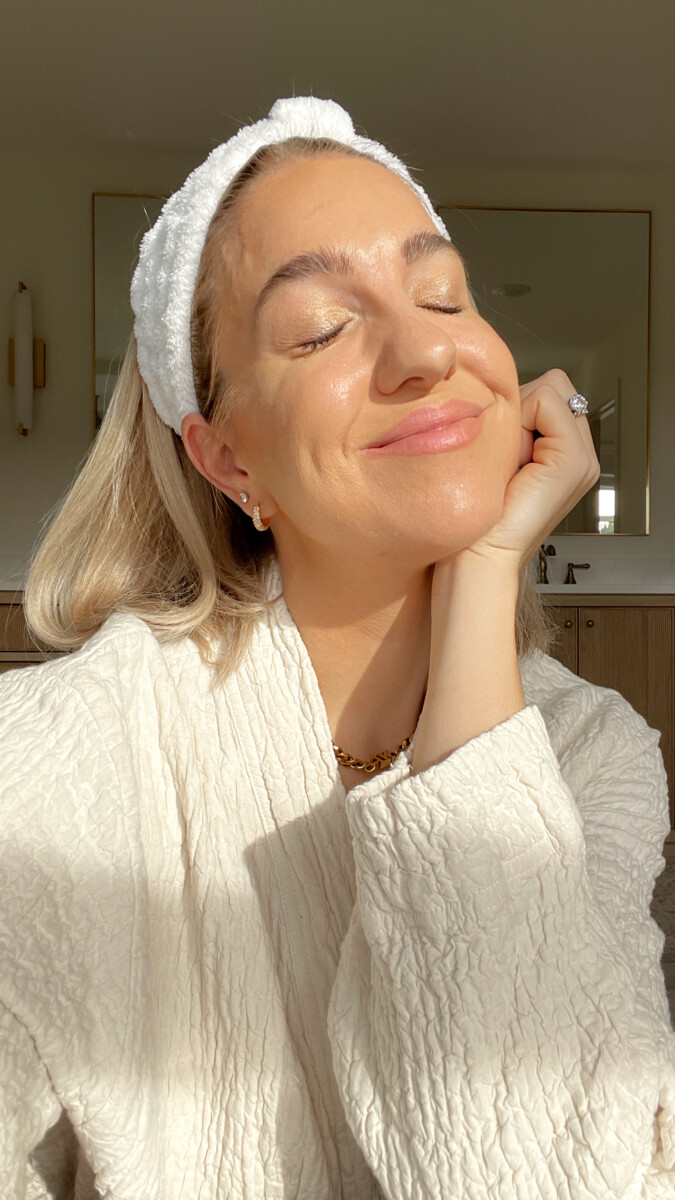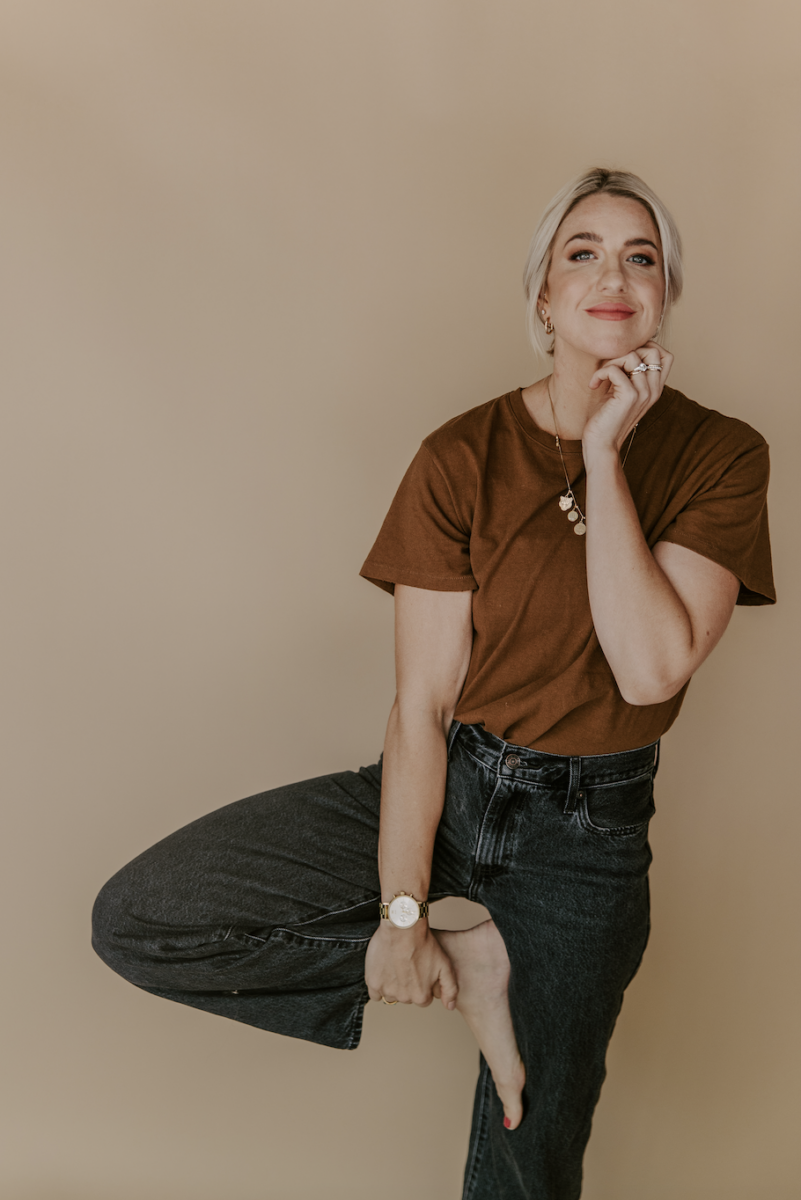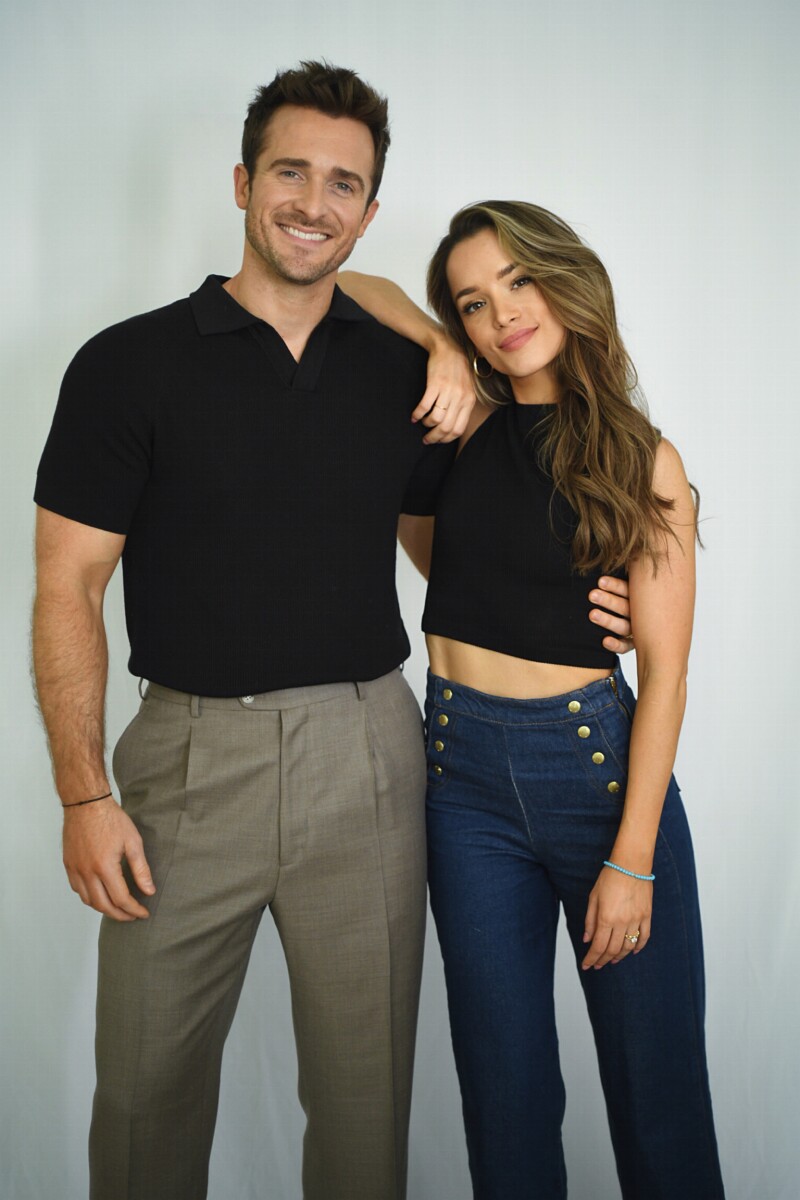
Apple Podcasts | Spotify | Stitcher
Everytime you dive into a new endeavor, project, or idea, you’re guaranteed to learn a lot along the way. When I finally surrendered to the idea of writing a book, the learning started immediately. Drafts and edits and manuscripts and agents and publishers and editors… All of these new tasks for me and it led me to work with an entirely new team of people who are helping me learn the industry and make my first book a book you can’t wait to read.
One of those new people in my corner is my editor, Carrie Thornton. Carrie has been in the world of publishing for 25 years. She’s helped books come to life and worked with authors you might recognize from Gabrielle Union to Jessica Simpson to Amy Poehler and more. Now, she’s working with me and truthfully, I am the luckiest.
You know I love peeling back the curtain on what I’m working on, and my book journey is no different. Carrie and I are chatting through the role of an editor, why her editing process is different, why she wanted to edit my book, and what you need to consider if you want to pitch a book yourself.
Publishing Houses and Imprints
When I entered the world of writing and publishing a book, I learned a lot about the structures of the industry and a whole new dictionary of terminology that would be necessary to successfully navigate the process. Carrie walked through a few of those structures and terms in our conversation.
Like what’s an imprint? Carrie explained, “There are the big five [publishing houses] in New York, which are Simon and Schuster, Penguin Random House, Hachette, Harper Collins, and Macmillan. Within each of those companies are flagship division imprints… and within those divisions are more imprints.”
Put simply, imprints are like different brands within the publishing houses and they’re defined by the books that they publish, the guiding principles, and the specialty that they’re known for. My imprint, for example, is Day Street Books and they publish 35 non-fiction books a year. These books come from celebrities and celebrities within their fields. “I want to work with authors who are the only person who could write the book,” Carrie explained.
Working with an Editor
The editing process can be grueling (thankfully, mine wasn’t!) but I asked Carrie to walk us through her style of editing and what that process is for authors.
Carrie began, “I really want to start the process of writing the book and creating the book in a place where we all agree what the goals are, because the last thing that you want is a manuscript delivered that is completely not what you expected or not what you hoped it would be.”
Sometimes the overarching thesis of the book might change from the first proposal and the outline might shift and evolve. The team gets clear on the messaging and who will ultimately read the book AKA the person you’re writing the book for.
From there, editors will typically check in throughout the writing process and determine if the book is progressing along the predetermined timelines and themes, as well as reading for tone and voice throughout the book. Editing is more than checking for punctuation and word choice, it’s about determining what’s not on the page that could or should be to reach the end goal that everyone agreed upon from the start.
Tips for a Winning Proposal
All publishing houses, imprints, and editors are different and they look for different things in book proposals, but Carrie shared the checklist she runs through when reviewing a possible new book and author for Day Street Books.
First, Carrie looks for someone who has a strong platform and has built a business or a following of some kind doing what they’re doing – essentially, someone who is well-known in their field.
The other key thing she looks for is that the book and the story is unique in the category. A book unique within the category will be easy to position. It doesn’t always mean that there’s not a single other book like it (because familiarity and relatability is important, too) but it has to have clarity of vision.
“Sometimes I read proposals and I think they’re not yet sure what this book is going to be. And very often those are proposals I don’t finish,” Carrie explained. “If I feel like what they want is for the editor to do the heavy lifting, that’s a tough ask for me.”
More from Carrie
In this conversation, Carrie and I dig into the message of my first book “How Are You, Really?” and why we connected on the timing of the messaging for women right now. She shares more about the publishing industry and offers invaluable insight for anyone interested in maybe, possibly writing and publishing a book one day. Press play for more from this interview with my editor, Carrie Thornton, or find it wherever you get your podcasts.
Thank you to our Goal Digger Sponsors
Learn more about how a HubSpot CRM platform can help connect the dots of your business





Do you realize that you said, “my FIRST book…?